Note: Today Stockholm held it’s 2018 Comic Festival, where the Finnish Artist and comic book creator Hanneriina Moissenen spoke of her latest work, “KANNAS / The Isthmus”. This blogger had seen Ms. Moissenen talk in 2016 at the same festival, and wrote an article on it for a project that due to complications never was published. So it will now appear here. Enjoy! (Unfortunately, this post will be predominantly in Finnish).
Kulturhuset, Sergel Torgetilla Tukholman keskustassa tarjoaa monipuolisia elämyksiä kultuurin eri aloilta. Siellä on myös joka vuosi suuri sarjakuva festivaali. Tänä vuonna yksi tähti vierailijoista oli Hanneriina Moissenen, suomalainen taiteilija ja kirjailija, jonka elämänkerrallisesta sarjakuva ”Isä” on myös julkaistu ruotsiksi.
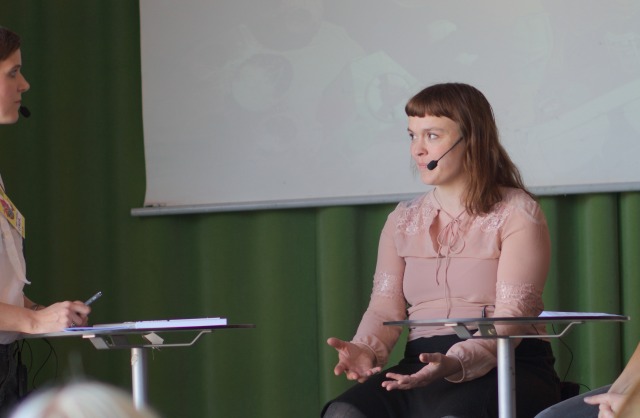
Hanneriina Moissenen on syntynyt vuona 1978 Joensuussa. Hän opiskeli taiteilijaksi, mutta nuoren taiteilijan rakkaus sarjakuviin ja kangas kirjonta töihin johti hänet nopeasti kokeilemaan erinlaisia ilmaisu muotoja. Moissenenin kirjonta taidetta on ollut esillä sekä Suomessa että ulkomailla ja hän on julkaisut kolme sarjakuvaa. ”Setit ja Partituurit” (2010) kertoo häpeästä. ”Sen synty ja muita Vienan hävyttömiä ja hulvattomia starinoita” (2005) on yhdistelmä musiikkia ja sarjakuvaa. Viimeisin ”Isä”, joka on Moissenen läpimurto teos, jukaistiin vuonna 2013.Tässä teoksessa hän käsittelee dramaattista aihetta, oman isänsä katoamista kun hän itse oli vain kymmenen vuotta vanha. Teos käännettiin Ruotsiksi nimellä ”Pappa” viime vuonna ja sai suuren positiivisen vastaanoton. Sarjakuvassa on 60 Moissenenin omin käsin tehtyjä kirjonta työtä , jotka hän teki uudestaan Ruotsiksi ”Pappaa” varten . Suomenkielinen versio on tällä hetkellä loppuun myyty.
Hannerrina Moissenen oli Lauantaina 7. toukokuuta keskustelemassa Ruotsalaisen ”feel bad”-kuningatteren nimetyksi Åsa Grenvalin kanssa. Moderaaattotina toimi Sofia Nordin ja kaikki kolme puhuivat Englanniksi. Sofia Nordin aloitti tapahtuman selittämällä että he kolme jakoivat lavaa, koska Nordin on tehnyt töitä Åsa Grenvallin kanssa monia vuosia ja että hän on todella syvästi vaikuttunut ”Pappa”-sarjakuvasta. Grennvallkin ihaili Moissenenin teosta.
Hanneriina Moissenen kertoi aloitus repliikissään mikä ajoi hänet kertomaan Isänsä katoamisesta. Hän halusi kuvata sitä mitä tapahtuu katoamisen jälkeen ja kertoa mikä oli elämän tilanne ennen dramaatista tapahtumaa. Moissenen sanoi huomanneensa miten monet kirjat joiden keskeinen aihe on läheisen ihmisen katoaminen eivät juuri koskaan käsitelleet sitä mitä tapahtuu uhrin perheille, miten uhrin lähimmäiset reagoivat ja kokevat tragedian. Kirjoittaessaan ”Isä” Moissenen koki että oli nimenomaan tärkeätä tuoda esiin hänen omat tunteensa ja ajatuksensa isän katoamiseen liittyen. Hän halusi rikkoa hiljaisuuden johon hän ja muu perhe olivat ajautuneet aivan liian pitkäksi aikaa. ”Koin myös että minulla oli vastuu kertoa tästä” Moissenen rehellisesti sanoi, ”sillä se on vain ne jotka ovat kokeneet läheisen perheen jäsenen katoamisen jotka tietävät miltä se ihan oikeasti tuntuu”.
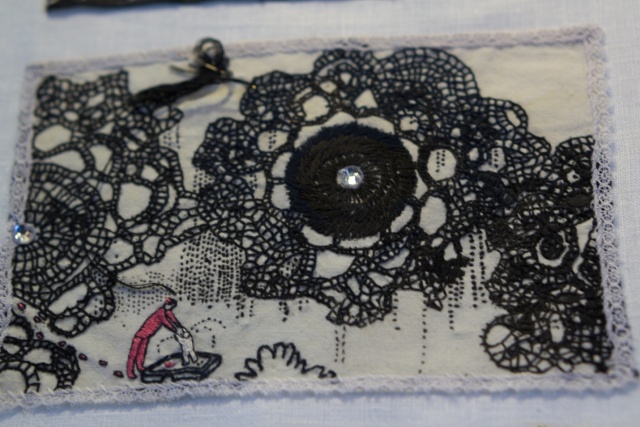
Keskustelun jatkuessa keskeiseksi aiheeksi nousi ymmärrettävästi ”trauma” koska se on molemmille kirjailijoille, Grennvallin ja Moissenenin, todella tärkeä teema. Moissenen selitti miten katoaminen on hyvin erillainen traumaattinen kokemus siinä suhteessa että he jotka kokevat sen eivät tiedä mitä tehdä päästäkseen trauman yli. ”Jos kokemusta vertaa esimerkiksi läheisen ihmisen kuolemaan niin siinä tilanteessa on selkeitä rituaaleja kuten hautajaiset, jossa kaikki saavat avoimesti surra. Mutta minun perheellä ei ollut tätä vaihtoehtoa . Sen sijaan ihmiset olivat avoimesti törkeitä, liian uteliaita, ja jopa syyttivät perhettäni siitä että Isä oli kadonnut. Ihmiset tuntuivat välillä ajattelevan että perheemme oli huono ja siksi isäni jätti meidät” Moissenen sanoi ja totesi: ”Jos isäni olisi kuollut sen siaan että katosi, ihmiset olisivat olleet empaattisempia. Emme myöskään tienneet pitkään jos isästä pitäisi sanoa ´hän oli´ tai ´hän on´”.
Molemmat kirjailijat kertoivat että yksi tärkeä teema heidän teoksissaan on luovuttaminen. Mutta tässä tapauksessa luovuttaminen, toivon menettäminen, ei ollut ainoastaan paha asia. ”Luovuttaminen oli suuri osa sitä prosessia jonka kautta pystyin hyväksymään että isä ei varmaan koskaan palaisi” Moissenen muisteli. ”Oli helpotus vihdoinkin virallisesti hyväksyä isän kuolema. Näin äitini ja minä saimme aloittaa suru prosessin. Me molemmat päätimme kirjoittaa kokemuksistamme ja se johti siihen että me vihdoinkin puhuimme siitä, mitä oli tapahtunut. Meidän keskustelut jatkuivat päivittäin monia tunteja ja se oli aivan mahtavaa”.
Sofia Nordin kysyi kirjailijoilta myös heidän suhteestaan luontoon . Moissenin sarjakuvassa ”Isä” on runsaasti tarkkoja luonnon kuvauksia. Tämä ei ole sattuma, ”Luonto ja luonnonkuvaus oli tärkeää minulle jo lapsena . Luonto, tai tarkemmin sanottu metsä, oli läpi koko lapsuuteni sekä suuri lahja mutta myöskin suuri vaara. Sain luvan leikkia metsässä mutta aikuiset aina myös varoittivat että en saisi mennä liian syvälle metsään. Joka vuosi ihmiset eksyvät metsässä tai hukkuvat järveen. Myöskin viimeinen huomio isästäni on kun hän oli järvellä. Luonto on niin hyvin kaunis, mutta vaarallinen, toisin sanoen todella monikerroksellinin osa elämäämme. Kun tein sovun isäni katoamisen kanssa, luonto oli tärkeä osa sitä hetkeä”.
Kun isän katoamisesta oli kulunnut kaksikymmentä kaksi vuotta, Moissenellä oli taide näyttely Buenos Airessissä. Kun hän vieraili siellä, tapahtui suuri käännekohta hänen elänmässään.
Moissenen lähti kävelylle ilman kompassia tai kartaa. Hän löysi pienen kaupungin, joka oli kuin hänen lapsuuden unesta. Kaupungissa hän myöskin löysi baarin nimeltä ”Volver”, joka tarkoittaa espanjaksi ”Palata”. Hän jatkoi vielä matkaa syvemmälle metsäänja nukkui vieraassa luonnossa koko yön, ilman karttaa tai makupussia. Kun hän aamulla heräsi ja löysi tiensä takaisin Buenos Airesin keskustaan, hän huomasi selvinneensä, hän ei ollut kadonnut. ”Se oli hyvin mytologinen hetki” Moissenen muisteli.
Keskustelun päätteeksi Moissenen kertoi rituaalista, jossa hän sanoi hyvästi isälleen. Moissenin perhe on alunperin Karjalasta ja hän on usein käyttänyt karjalaisia motiveja taiteessaan.Kun hän palasi järvelle, jossa hänen isänsä oltiin viimeksi nähty hän teki rituaalin karjalaisen kultturin mukaisesti :siinä kuolleet kutsutaan luoksemme ja sitten he lähetetään takaisin kuoleiden luokse ikuisesti. Moissenen kutsui isänsä luokseen ja palautti hänet takaisin kuoleiden luokse. Tämän kokemuksen jälkeen hän pystyi lopullisesti tekemään sovun isänsä katoamisen kanssa
Hanneriina Moissenen kertoi myös kirjoittavansa sarjakuvaa sodasta ja elämästä rintamalla. Päähenkilö on sotilas joka ei kestänyt enään sodan kauhuja ja lähti karkuun rintamalta. ”Tämä on ollut yksi suomalaisen kirjallisuuden suuremmista tabuista” Moissenen totesi. ”Kun kirjoitan jostakin aiheesta, haluan aina löytää uusia näkökulmia ja tarinoita. Kaikki teokseni ovat tulleet halusta kertoa ulkopuolisten, erillaisten ihmisten tarinoista”.
Hanneriinan teoksia voi lainata Serieteketistä, ostaa Adlibriksen kautta ja muuten kannattaa vilkaista kauppoja, jossa sarjakuvia myydään. Moissenen sarjakuvat ovat koskettavia ja hyvin persoonallisa,kannattaa lukea!.
Teksti: Maaretta
Kuvat: Shujie Zhang



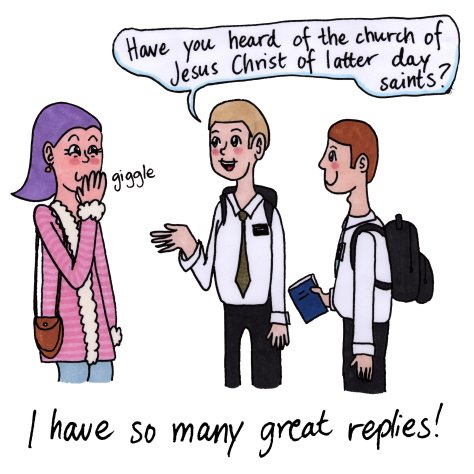









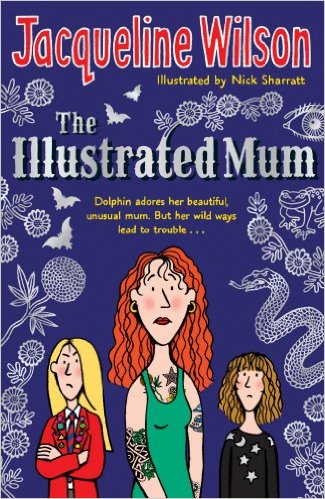














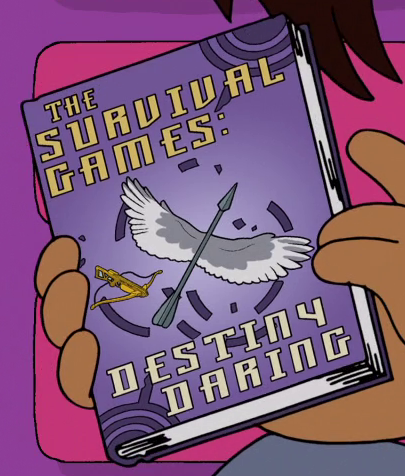


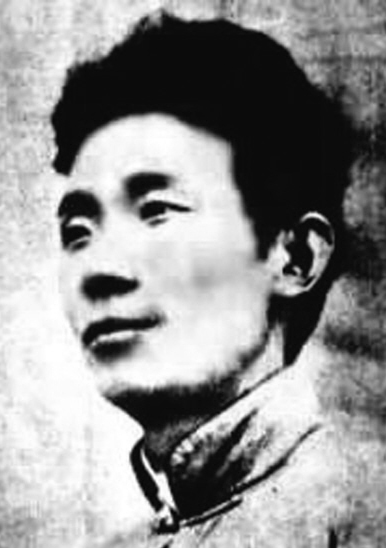



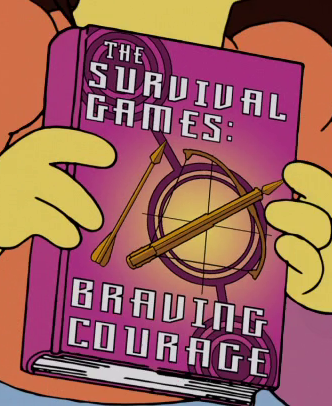
Happy Black History Month!: Reading Recommendations
Today is the last day of Black History Month! In Honor of this, here’s some reading recommendations, from comics to novels to poetry.
Normal post will return in March!
Take Care/ Maaretta